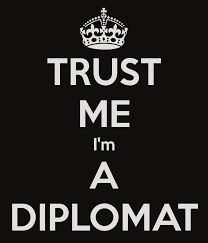The Big Rebrand.
One of the cool things about my work is the propensity for decision-makers to want to rebrand. Unlike with personal names (Cecil, Muriel or Wallace) which can’t be changed — company names are easily altered or sculpted. Someone is always trying to distance the company from something.
That observation aside, there is going to be an even greater demand for new company names. All those companies or brands with words “Net” or “Web” or “Digital” in them are wasting space. To that you may even add the word “Technologies.” These words were descriptive back in the day (10 years ago); today, not so much. Apple dropped the word “Computer” from its name in 2007. An elegant move, no?
I often talk about naming and the importance of a brand’s “Is-Does.” What a brand is and what a brand does. The inflection point we’re at today is such that names no longer need to convey the obvious. In this agile, competitive world, there is much more information and value to convey.
Let the renaming onslaught begin. Peace.




